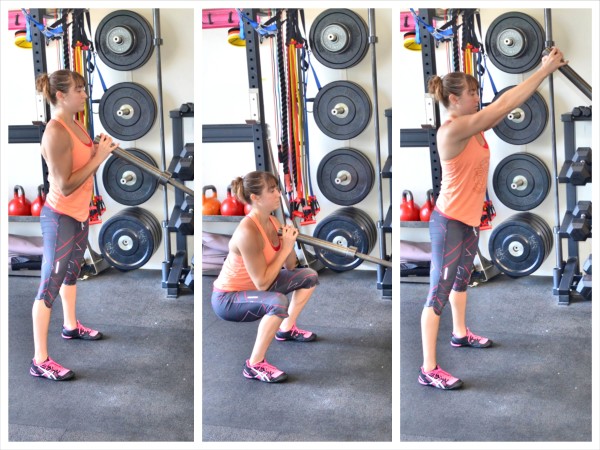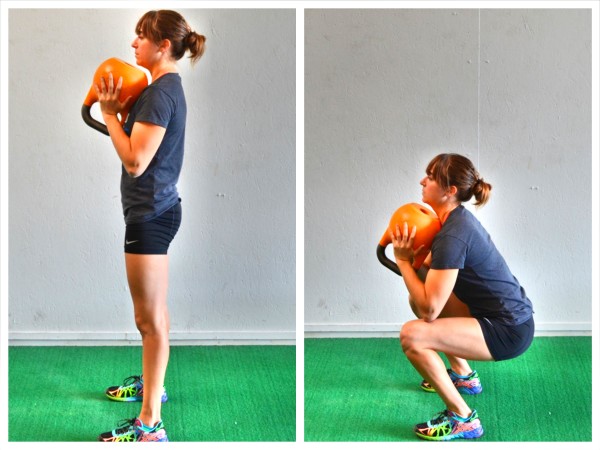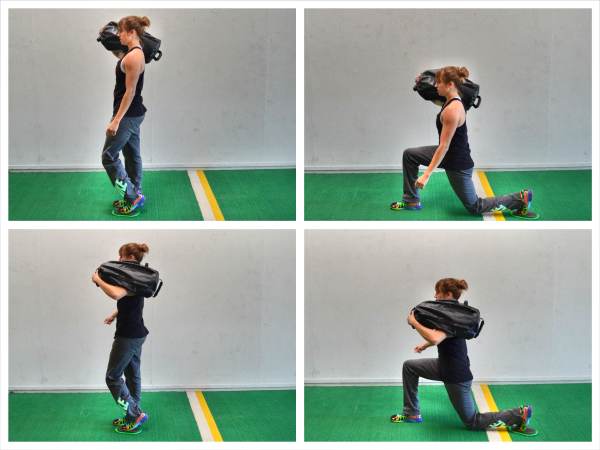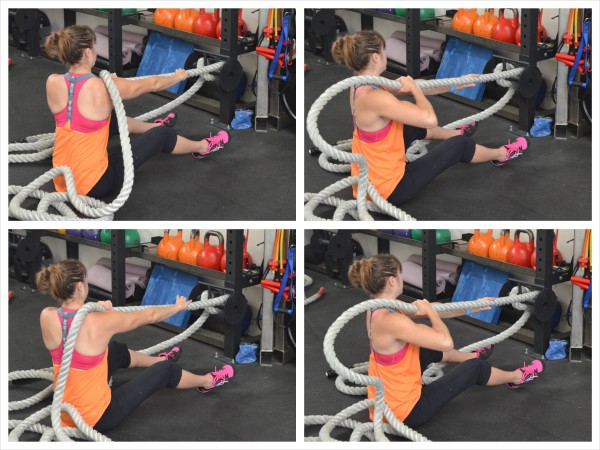


Single Leg Squats, Press and Density Sets
This content is for members only
Squat and Press Superset Workout
This content is for members only
Back And Butt Superset Workout
This content is for members only
